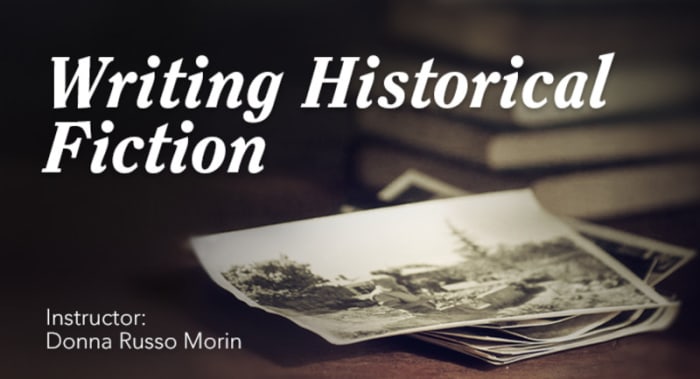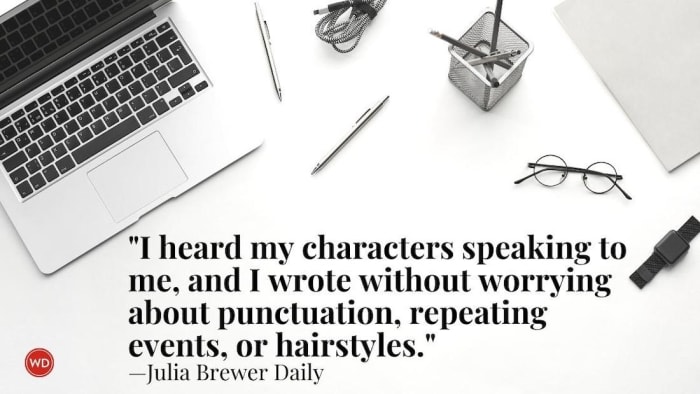How to Maintain Accuracy Across Multiple Plot Lines in Historical Fiction
Every time I attend a conference, class, or appear on a podcast, they inevitably ask the question: “Are you a pantser or a plotter?”
(Research and Storytelling for Successful Historical Fiction)
I want to wave the freedom flag with all the pantsers in the room. They describe sitting down at the computer watching as stories pour out of them. From beginning to end, a never-ending flow of brilliance and light. So, I tried the technique. I sat and waited for the muse to strike. I had the idea for a novel, but it was not filling the page, as my fellow pantsers described.
I realized one of the problems is that I write historical fiction. I had not completed research and did not know the sequence of events I wanted to document. So, I tried the plotter angle.
The Plotter Angle
Most writers dread the outline. After all, we are creatives, and outlining feels like a mathematical equation — right brain versus left brain. We think back to our high school days and how many points we had to have under each heading or the capital letters and lowercase letters in each sequence.
However, many of us figured out a very “dirty” version of the more formal style. To maintain the accuracy of our historical eras, we need to research clothing styles, actual events, availability of restaurants, liquor, and automobiles. Even if we lived through the historical timelines (yes, some of us find our early years are historical now), we cannot depend on our recollections.
My memory has failed me more than once. I attended a Beatles concert in Memphis in the 1960s and could have sworn I was an older teenager at the time. When I searched for the actual date, I found I was only 12. Recalls can be faulty, so using an outline is one way to keep us honest.
My outline is a simple scribble of chapter numbers/names and a few sentences about the most important events in each chapter. My first attempt at each of those chapters can or does not have to be in order. If I need more research or planning before developing a particular chapter, I will leave it and choose another. Is that a pantser trying to break out?
Once I have a rough draft, and I do mean rough, I buy a trifold board that we used in high school for science fairs (OK, let’s be honest, I never entered a science fair, but I’ve seen my grandchildren use them), and I use different color sticky notes for each character’s point of view. Then, I write a bold chapter number on each one with the character’s name and description of events in that chapter underneath. The colorful vision board lets me see if I have one character overpowering the rest or if I repeated any of the same circumstances as I “pantsed.”
IndieBound | Bookshop | Amazon
[WD uses affiliate links.]
Sometimes, I use large-lined index cards and include more details about the chapters. That allows me to see the flow of events and if a chapter is out of sequence. I use modeling clay, sold to hang frames on a wall, for securing the index cards, so they will not harm your newly painted office. Please don’t ask me how I know that tip.
I know some authors prefer a sophisticated app or software program to create their manuscripts, but I find Word sufficient if I add the tactile boards and index card wall. For some reason, working on the computer all day makes me want to hold items in my hands and secure them to visual props.
My debut historical novel involves three women, with alternating points of view and additional characters near the book’s last third, so it was a little complicated. I know, I know what experts say about the number of points of view in a novel.
If I had not used a vision board to see the dates of current events and how those played out in the characters’ lives, I wouldn’t have kept the factual accuracy of the plot. Also, by looking at the board, I made several catches with their age differences, when their paths coincided, and even eye colors.
The novel begins in 1966, which, believe it or not, is considered historical today. Maintaining accuracy across multiple plot lines proved more difficult than I realized, but I was able to “see” the problems when they arose with my props.
The Pantser Angle
My plotter mindset had worked, and I applauded myself for the effort to be more scientific in my approach. However, the pantser lives in my dreams, so how better to bring her to the surface than to write 50,000 words in one month?
I took my first NaNoWriMo (National Novel Writing Month) challenge and discovered if you have a set deadline of 1,667 words every day for an entire month, you’d better open the floodgates and let your words flow. To my surprise and delight, they did. I heard my characters speaking to me, and I wrote without worrying about punctuation, repeating events, or hairstyles.
It was unnerving at first because with the first novel, I had edited each chapter I had written the previous day before writing another line. With this strict daily count of words, I had no time for editing as I went. However, completing 50,000 words of a second novel is exhilarating in such a short period. I’ve always accomplished deadlines, so that was my goal every day. I marked off an entire month for writing and no excuses. Of course, I’ll spend more time in the editing process, but to have a manuscript ready to edit makes the journey worth the effort. It was easier to maintain accuracy with timelines and characters because my head was in the process daily, and my memories were fresh.
Employing characteristics from both camps, pantser and plotter, creates a more doable system with multiple plots lines, significant characters, and accuracy in historical fiction. So, I guess when the next instructor asks if I am a plotter or a pantser, I’ll say I am a hybrid and use the best from both worlds.

Join Donna Russo Morin to learn the definition of historical markers and how and where to unearth them. And uncover the tools to integrate history, research, and the fiction plot arc. Most of all, find out how to honor verisimilitude—the goal of any historical writing—and avoid the dreaded anachronism.



